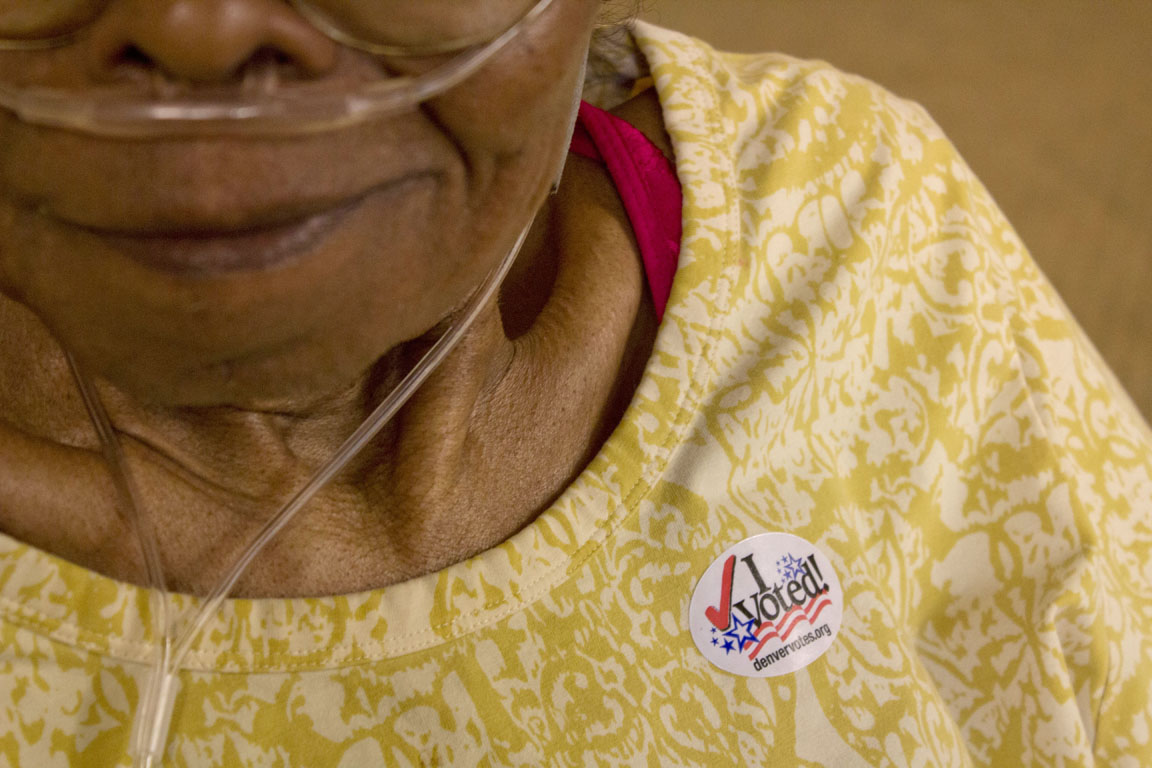Election officials walk a fine line when they implement new technology for an upcoming election. They must decide if new devices are worth the cost, ensure poll workers are adequately trained and determine if voters will find the equipment easy to use.
Electronic poll book, a digital check-in system, is being used in 27 states and the District of Columbia to shorten polling place lines and speed up the process. Using a computer or tablet, poll workers can easily search for a voter’s name, which is faster than flipping through paper voter rolls.
Minnetonka, Minn., has been a pilot city for new technology. It was the first in the state to try optical scan machines and first used electronic poll books in 2009, still the only city in the state to use poll books.
City Clerk David Maeda said other election officials see the cost as too great to buy laptops and software for an electronic poll book.
“A lot of people look at the upfront costs and say you can’t spend the money, but you have to look long term,” he said. “I’ve done return investment work. It shows it pays itself off in a matter of years. I think it’s inevitable to use this technology statewide.”
By Alia Conley, News21

